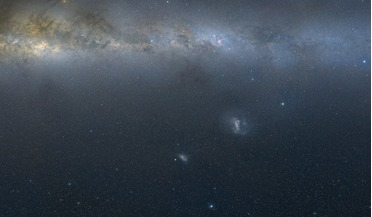 14 December 2016
Astronomers find a ring of new stars around the LMC
14 December 2016
Astronomers find a ring of new stars around the LMC
... stars. Not only that, but the stars are being formed in an unlikely part of the galaxy. The Large and Small Magellanic Clouds (LMC and SMC, respectively) are a pair of gas-rich galaxies that are satellites of the Milky Way, located...
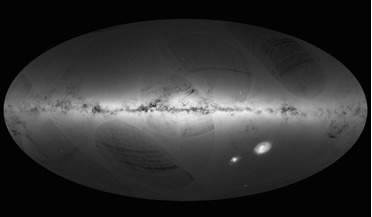 14 September 2016
Gaia's first map hints at big things to come
14 September 2016
Gaia's first map hints at big things to come
... correspond to patches of the sky where fewer stars are observed and dense clouds of interstellar gas and dust absorb starlight along the line of sight. The Large and Small Magellanic Clouds, two dwarf galaxies orbiting the Milky Way can also be seen...
 08 February 2017
Bridge between the Magellanic Clouds discovered
08 February 2017
Bridge between the Magellanic Clouds discovered
... the Small Cloud by the Large. The rest may actually be the LMC stars pulled from it by the Milky Way." "We have compared the shape and the exact position of the Gaia stellar bridge to the computer simulations of the Magellanic Clouds as they...
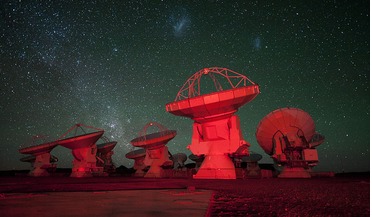 26 September 2016
A potentially disrupting satellite system around the LMC has been observed for the first time by astronomers
26 September 2016
A potentially disrupting satellite system around the LMC has been observed for the first time by astronomers
The Large Magellanic Cloud (LMC) is a satellite dwarf galaxy of the Milky Way and one of the closest galaxies to Earth and recent research conducted by an international team of astronomers have found that the LMC could potentially have its ...
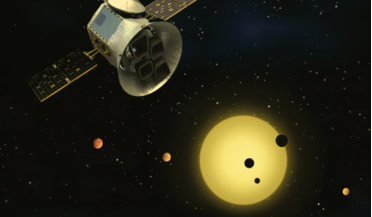 20 September 2018
TESS finds its first exoplanet – a super-Earth 60 light years away
20 September 2018
TESS finds its first exoplanet – a super-Earth 60 light years away
... the satellite relayed back is a stunning vista of the southern sky that includes both the Large and Small Magellanic Cloud, the bright star R Doradus and parts of a dozen constellations from Capricornus to Pictor. This swath of the sky’s southern...
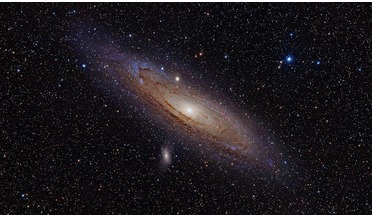 16 February 2018
New study shows Andromeda is not that big after all
16 February 2018
New study shows Andromeda is not that big after all
... a giant elliptical galaxy. It is also expected that our galaxy “will eat” two nearby dwarf galaxies, the Large and Small Magellanic Clouds sometime in the future too. "It's really exciting that we've been able to come up with a new method...